There is very little that anyone should tell you about what you should write about. I have seen messages in discussion boards that bothered me. One was from a prospective author, asking a published writer where he thought his story should go. He said something like, "I have a really cool start to a story (his concept) but I don't know how to fill it out. What do you think I should make the story be about?" This is an interesting question, and I firmly believe that if you cannot answer this question yourself, you shouldn't be writing a book. The narrative of your story is the sum of all of the individual components. Your overall plot is made up of many moving pieces, or story arcs. These components should be compelling, should encourage your reader to read on, but most importantly, should be from you, not what someone thinks you should write about.
A great way to approach any narrative is to break it down visually. Before you dedicate too much time to story line, create three segments. The first segment, or act, is your introduction. The second act is your body, and the third is your conclusion. Write down some ideas about how you want to introduce your characters, illustrate your setting, or set up your antagonist or the inciting incident that will compel or motivate your protagonist.
The second act, or the body of your narrative is going to contain the majority of the confrontation. This is where your protagonists travel, learn, or fight against what ever element(s) works against them. The body can be the easier, or the hardest part of the narrative to write, depending on how many different story arcs you are maintaining. A: Writing different arcs for characters separated by distance (requiring their own chapters or segments) can help break up the action and provide some fresh perspective and intuition. B: Breaking apart your narrative like this will also take more initiative on your part to keep it all straight. At times this can feel like braiding two separate series of strings together, and can be difficult to keep them from accidentally weaving into each other. In the end, I recommend breaking perspective, and providing your reader a chance to float around between characters. Not only does this build a deeper setting throughout the narrative, but it also helps keep the story from getting stale. You probably have at some point in your life, read a book which refuses to stray from its single point of focus, I do not recommend this single-track method unless writing from the 1st-person.
The third act is the resolution, and should bring about some sense of completion or resolution for the characters and the story. Endings can be tricky to write, especially if you are writing a series. Stand alone books can be easier, as you may have a finite, and specific termination point in mind. Series however, present you with a considerably less focused ending, especially if you haven't figured out the particulars of the next book in the series. The resolution should provide answers, but don't be afraid to hold something back. Your average reader is intelligent, and if they have made it this far in your book, committed to your project. Inspire questions, and make them question the events that have already transpired. When writing the ending, you will also be presented with some key opportunities to inject some foreshadowing or more creative segues into earlier portions of the story. With that in mind, stay away from convenient mechanisms, or "easy" answer endings like, "the answer to our problem was in front of us the whole time!" These are tired and have been overused. Plus, someone didn't pay to read your book, just to reach the end and find a cop out.
Once you have all of those elements written down about the three acts of your narrative you can chose to go in one of two different directions. First, you can start writing, and let your imagination take the wheel. They call this style "pantser writing" because in a sense, you are writing by the seat of your pants. Or second, you can take the information written down on your three segments and start a detailed story-line, including all of the details you outlined in your three act breakdown, meanwhile adding a whole lot more specificity and depth. You aren't right or wrong to go in either direction, they are just two different techniques. Personally, I prefer to use a very loose story line and allow my imagination to run wild. It is exciting how many directions and possibilities spring into the mix that way. Now with that in mind, go forth, and write your story!

